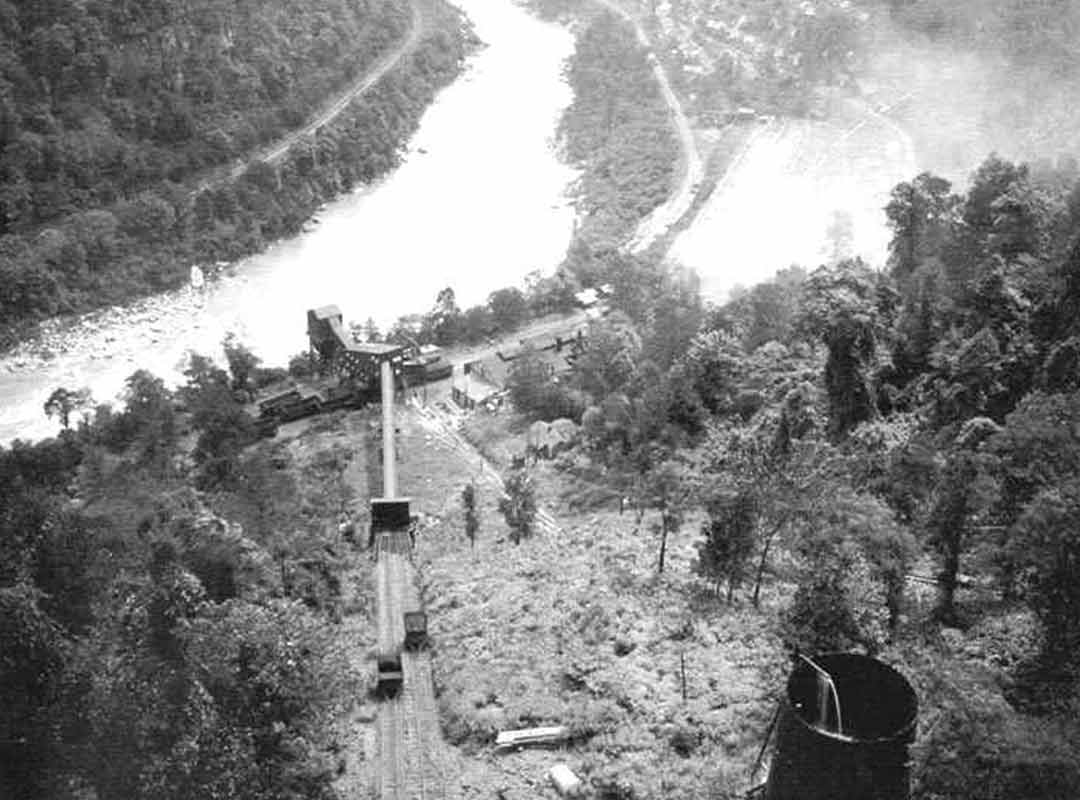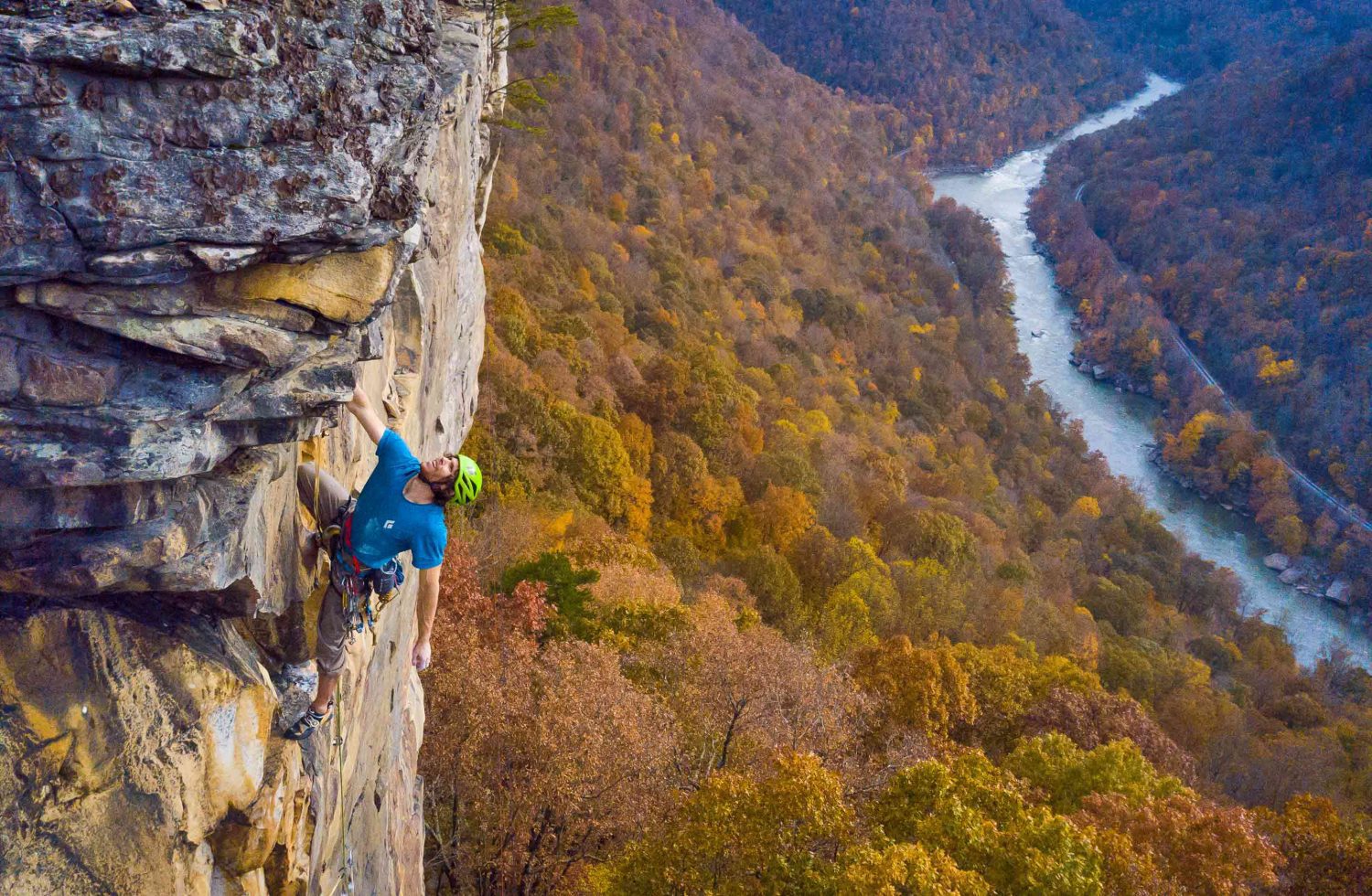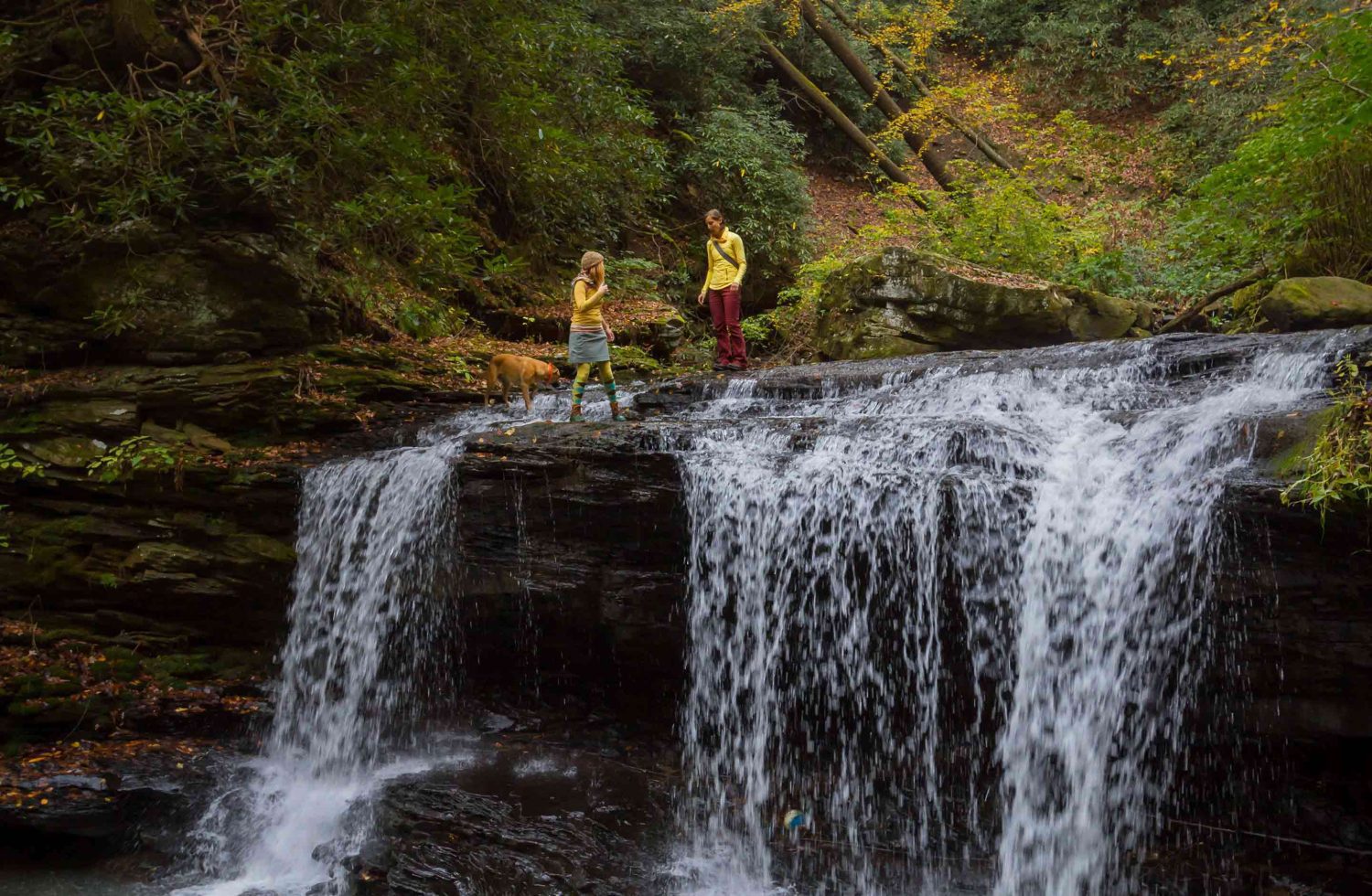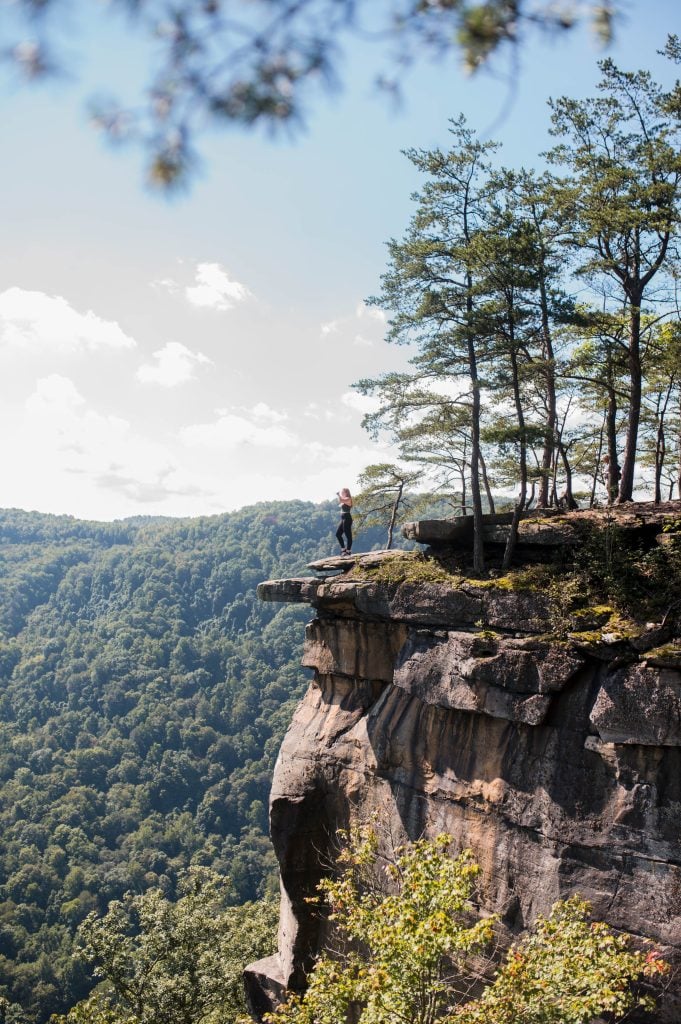
July 16, 2020
Kaymoor Miner’s Trail
Kaymoor Miner’s Trail

The New River Gorge was once revered for its high-quality “smokeless” coal. Thousands of people, from all walks of life, flocked to the Gorge in hopes of finding a better life and prosperity in the coal mining industry. Dozens of coal mining communities popped up throughout the Gorge at the turn of the century, bringing with them stores, restaurants, banks, and immigrants. Many immigrants came straight from Ellis Island in New York, where they were swiftly recruited by mining companies with the promise of a new life in the New River Gorge, mining coal. Each community was unique and a sense of pride was associated with each one. The New River Gorge became a melting pot of cultures and ethnicities, with one common thread tying them together: mining coal. Mining communities dotted the steep hillsides of the Gorge, both on the north and south sides of the river. Today, although coal mining has long since ceased in the Gorge, the ruins of some towns remain. While the land has reclaimed much of what were once booming communities, you can still visit some of the former mining towns, in an area that is now the New River Gorge National Park and Preserve. Located on the south side of the New River Gorge Bridge, you can visit what remains of Kaymoor, once one of the largest and most productive mining towns in the Gorge. The Kaymoor Miner’s Trail is the best way to reach the former town.

Kaymoor was founded in the late 1890s by the Low Moor Mining Company, and named for James Kay, an employee of the company who was put in charge of building the town. By 1905, there were 112 houses in the town, and Kaymoor had taken its place as one of the largest and most productive mining companies in the New River Gorge. Here, nearly 17,000,000 tons of coal were mined from the time that the mine opened, until it was shuttered in 1962. At its peak, the company employed 800 miners. These miners were paid with a combination of cash and scrip, a currency that some coal mine companies chose to pay their employees with. Each town minted their own, with the name of the mining company embossed on the coins. This currency could only be used at the company store of the mining company where it came from. Kaymoor was known as a captive mine town. The miners and their families lived in company housing and were paid in company currency, leading to the necessity that they primarily shop at the company store. Unionizations of coal mines in the 1920s put a stop to the practice of captive mine towns.
Kaymoor Today
Today, the skeletal remains of Kaymoor are all that can be seen of what was once a thriving and prosperous mining community in the heart of the New River Gorge. Erosion and the regrowth of the forest have led to irreparable damage to the buildings, and many have returned to the earth, leaving only the remnants of foundations that at one point held the homes of families.

The remains of Kaymoor can be accessed from the Kaymoor Miner’s trail, located a short drive from the town of Fayetteville, West Virginia. The Kaymoor Miner’s trail is a strenuous stretch of trail that travels down the unforgiving terrain of the New River Gorge National Park and Preserve, dropping 400 feet in just half a mile. In the spring and after rains, a unique waterfall is sometimes present on the trail. You may also see rock climbers enjoying the famous New River Gorge climbing in this area. Numerous switchbacks snake their way through the deciduous forest, leading to a set of stairs. At the landing before the stairs, you can view the former mine entrance, which has bars placed over it to keep any curious hikers from entering. Located beside the mine entrance you’ll find a towering safety board, highlighting the safety record of the mine, to be filled in each day by a manager, a somber reminder of the dangers of mining. A large archway frames the stairs, reminding miners that their families want them to be safe while at work.
Kaymoor Miner’s Trail-The Stairs
821 stairs descend the remainder of the Kaymoor Miner’s Trail to Kaymoor Bottom, where you’ll find the remains of a coal processing plant, coke ovens, and the town. You’ll also see the remains of the tracks used to bring coal down to river level on steam-powered mountain haulage, where coal was then loaded onto trains to be delivered throughout the country. The mountain haulage also served as the primary mode of transportation for people traveling from Kaymoor Top to Kaymoor Bottom. Now, there is no mountain haulage, so hikers will have to ascend all 821 stairs and then back up the switchbacks. This trail is quite difficult, so please come prepared for high-intensity activity, and make sure to bring water.
The New River Gorge National Park and Preserve is a place where the history and the beauty of the Gorge come together to form a symbiotic relationship. While many things have changed in the New River Gorge Region–coal is no longer mined from the mountains in the New River Gorge–the fierce love and loyalty that people have for this place remains. Visit the Kaymoor Miner’s Trail for a chance to view the history of coal mining in the Gorge, a testament to the bygone days of extraction industries within the land that is now protected by The New River Gorge National Park and Preserve.

Bringing you all the latest whitewater rafting, adventure, and all things ACE from the New River Gorge of West Virginia for over 40 years.







